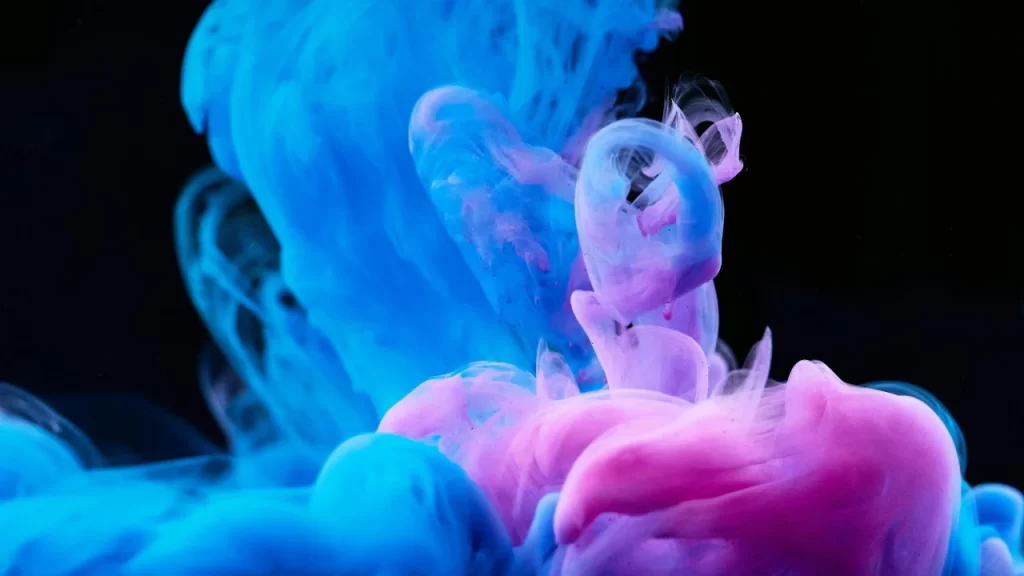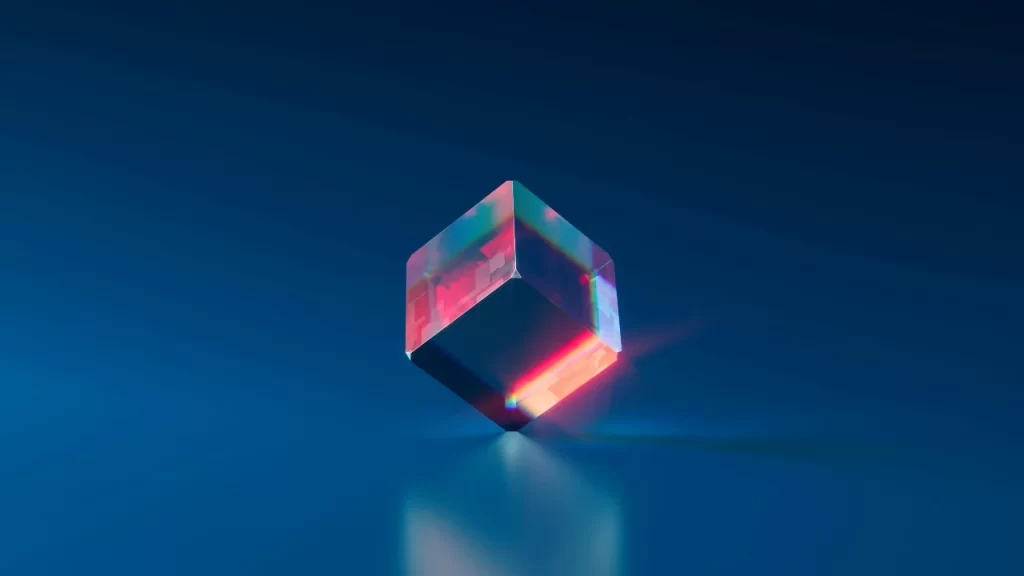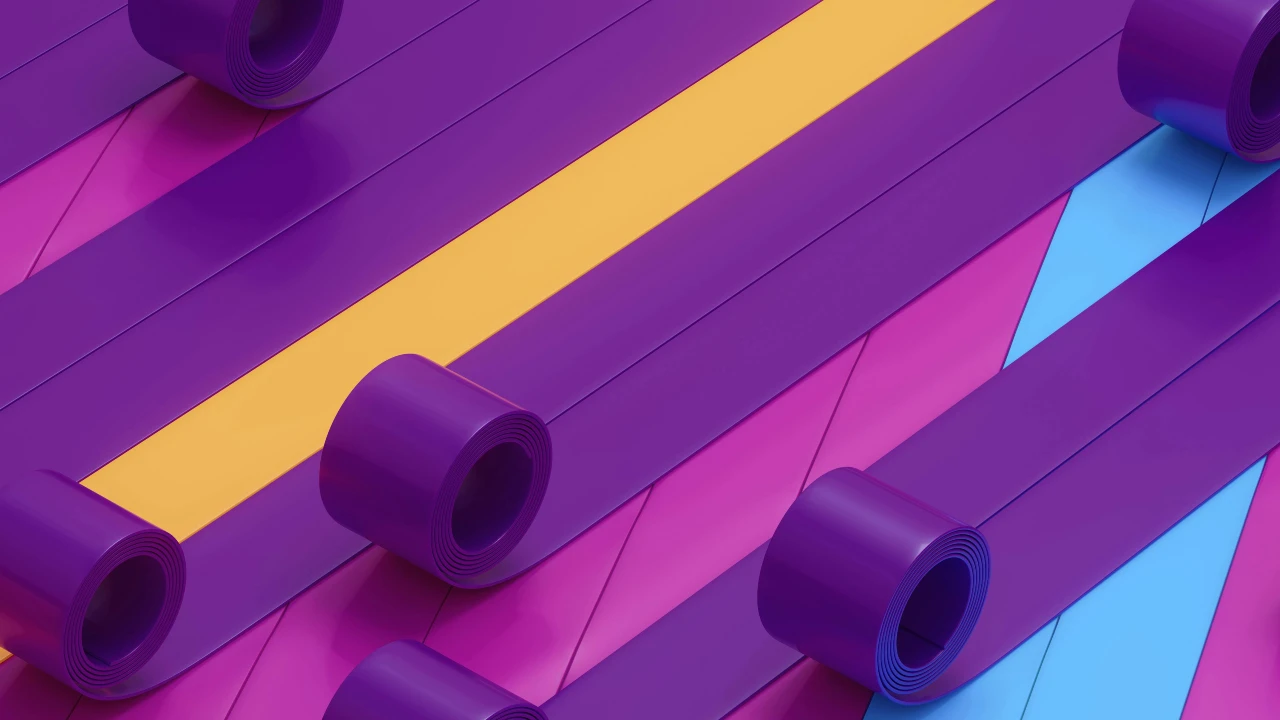3D animation pipeline is a perplexing process through which ideas turn into quality animations. It starts with ideas and storyboards before modeling, texturing and rigging come in 3D production pipeline. Next comes animation and rendering to produce the characters alongside scenes. After that, finally there are compositing and editing stages to complete the project. To make sure all the transitions go on smoothly, one needs to know about 3D pipeline in-depth. In a documentary video production company universe the animation pipeline can be utilized for visualizing difficult concepts enhancing narrativity as well as viewer engagement. The high standards of every animation project can only be achieved by mastering the 3D animation pipeline.
What is the 3D Animation Pipeline?
The process of making high-quality 3D animations is called a 3D animation pipeline and is systematic. Pre-production starts with storyboarding and design followed by a 3D production pipeline where modeling, texturing and rigging take place. Animation is the next stage, it involves movement and expression to animate models that eventually get turned into final images. The last stage consists of compositing and editing in order to make the animation perfect. In order to work well, it is crucial to have an understanding of the 3D pipeline. Mastering animation pipeline ensures that every project meets professional standards and that intended visual effects are achieved in the context of an Animated Video Service.
Pre-Production in 3D Animation
Pre-production is an important stage within the scope of 3D animation pipeline, acting as a foundation stone for the whole project. It engages conceptualizing, writing scripts and creating storyboards which act as guidelines for the entire 3D production pipeline. This step also includes the designs of characters, development of environments and planning to make transitions in 3D perfectly smooth. At this point in animation production processes, pre-production ensures that all creative and technical aspects are touched before going into production with all of them. Therefore, for example, if we are speaking about a Company Corporate Video Production Company in India, then they should know what it means to pre-produce during digital animation so as to come up with great corporate animations that specifically meet their clients’ goals.
Conceptualizing the Story and Scriptwriting
Drafting narrative and penning down its screenplay are major components of a 3D animation process. That is when a narrative, characters and dialogues that will serve as a foundation for the whole project are created. When done right, script writing goes a long way in helping direct all actions towards a given creative vision. In the 3D pipeline, a well-thought-out story contributes greatly to how powerful animation can be. A good screen play is what guides the design, modeling and animation aspect of any animated work. It follows that story conceptualization and screenplay writing should be considered as core prerequisites by companies offering 3D animation services in India if they really want their animations to be interesting and of good quality.
Creating Storyboards and Animatics
Among the key steps in the 3D animation pipeline is creating storyboards and animatics which help rephrase written scripts into visual designs. Each scene is represented by a storyboard, while an animatic presents a quick animated motion to give hints about the timing and movement within it. This is a vital stage that informs how the 3D production pipeline should be structured and how to follow it. In the 3D pipeline, storyboards and animatics aid in streamlining later stages of modeling and animation. They also ensure that projects keep moving forward on time with respect to their creative objectives in the animation pipeline. Effective storyboarding together with animatics are necessary for delivering captivating as well as cohesive animated contents in a branded content video production company.
Character and Environment Design
Characters and environments are indispensable parts of the 3D animation pipeline since they build the visual groundwork of the project. This stage entails creating intricate character models and environments that engross the audience and are consistent with the script and storyboards. An effective design influences the whole 3D production pipeline ensuring that characters and settings are ready for animation. In the 3D pipeline, comprehensive designs ease transitions through modelling as well as texturing. For animators, well-crafted characters and environments improve animation quality in the pipeline. To create unique content for youtube content, it is important to invest in detailed character and environment designs for interesting and unique animated videos.
Production Phase
The phase of production is a very important step in 3D animation pipeline, where the concepts and designs are transformed into life. In this phase, the 3D production pipeline deals with modeling, texturing and rigging for characters as well as environments. Then animation is added to give movement and emotions to them. This stage is quite crucial in 3D pipeline since it ensures that the project moves smoothly from design to final rendering. In this stage of animation pipeline; production includes rendering and compositing so that final video sequences are created. Mastering the production phase is imperative for video production company in bangalore to deliver professional quality animations.
3D Modeling
3D modeling is a foundational step in the 3D animation pipeline, where three-dimensional objects and characters are created. This process is crucial in the 3D production pipeline, as it sets the stage for texturing and animation. Effective 3D modeling is essential to a smooth 3D pipeline ensuring that models are detailed and ready for the subsequent phases. Within the animation pipeline, accurately modeled and well-designed elements enhance the quality of animation. For a 2D animation company in India that is making a transition to 3D, mastering 3D modeling is key to expanding their capabilities and delivering dynamic high-quality animations.

Texturing and Shading
The 3D animation pipeline is comprised of several stages, and texturing and shading are vital in the process as they add realism and texture to 3D models. Textures are used to apply colors and surface details while shading defines how light interacts with materials. It can change an ordinary model into something that is visually striking. These stages enhance the animation by creating depth or adding further dimension to it. The animation pipeline requires the use of effective texture mapping and shading techniques which make characters and environments appear more realistic and interesting. Understanding these skills is important for creating high-quality animations that look good.
Rigging
In the animation process, rigging is of utmost importance since it creates the skeletons that make models move in three dimensions. This means there are bones, joints and controls that animators use to manipulate the characters or objects. Rigging is an essential part of the 3D production pipeline because it prepares models for animation. In the 3D pipeline smooth and realistic movements depend on effective rigging. The animation pipeline is enhanced by including a well rigged model which aids in fluidity and believability of animations. Rigging is one of the skills that is key to producing top quality results in any kind of 3D animated project.
Animation Techniques
The 3D animation pipeline relies heavily on animation techniques as they dictate the way in which characters and objects move or act upon one another within that space. These methods include keyframe animations, motion capture, and procedural animations among others; they breathe life into still models by bringing back memories from digestive tubes of almost every dimension imaginable. Thus, command over such skills will culminate in animations that are smooth as silk in the 3D pipeline. Additionally, advanced animation techniques can be applied within the animation pipeline to produce a more visually appealing and realistic final product. The proper integration of these techniques throughout the 3D animation pipeline results in a high – quality and professional animation that captures people’s attention.
Lighting and Rendering
Lighting and rendering are two vital slots in any given 3D animation pipeline that bring out the final visual quality of animations. Lighting involves setting up light sources to enhance mood in scenes as well as visibility while rendering converts 3D models into 2D images or sequences. Both processes are integral parts of the 3D production pipeline due to their influence on the final look and feel of the animation. In an efficient 3D pipeline, good lighting and rendering gives a realistic and polished appearance to the whole animation. Within this animation pipeline, these steps are critical in getting a professionally made and visually seductive end product.
Post-Production
The last phase of the 3D animation pipeline is known as post-production, which is where the finished animation gets refined and polished. At this stage, movie editors mix images together, while also including various aesthetics like sound splicing and visual effects. The post-production process is an important step in 3D production (so called) that assures that each production meets certain quality standards before it is released. Post production phase links all the components used in 3D pipeline to give a pleasant end result. This stage enhances the general visual appeal alongside more effective rains making sure that a given project can be processed for communication with its audience/reminds them about their products; it should help with distribution-related activities and encourage interaction with viewers too.
Compositing and Visual Effects (VFX)
In 3D animation, compositing and visual effects (VFX) are essential processes where finishing touches improve the overall appearance. Compositing involves combining different layers of rendered images into one cohesive scene, while VFX adds elements such as explosions or fire that are more dynamic. These processes are key construction processes in the 3D production pipeline because they make different parts blend nicely together. In this case, effective compositing and VFX affect how real an animation can be as well as how much it leaves a mark on its viewers. Within the animation pipeline itself, these techniques create a refined and captivating end product by finalizing its visual presentation.
Editing and Sound Design in 3D Animation
Video editing and sound designing are among the most crucial stages of 3D animation pipeline that modifies the final output. Cutting, sequencing and altering of scenes attaining a smooth plus a coherent flow happens during editing. This is what makes it different from others so that externally included sound elements comprise dialogue, sound effects as well as music added during sound design therefore enhancing its impact. These processes are integral to the 3D production pipeline, as they ensure the animation is engaging and professionally polished. In terms of visual and auditory experience, editing and sound design are finalizers within 3D pipeline. They help to deliver an assured high-quality, immersive animation which resonates well with viewers along the animation assembly line.
The Importance of Quality Control and Feedback
The importance of quality control and feedback in the 3D animation pipeline cannot be overstated. Quality control ensures that every stage, from modeling to rendering, meets high standards and aligns with the project’s vision. Feedback is crucial throughout the 3D production pipeline, allowing for adjustments and improvements based on team and client input. Effective quality control and feedback loops are integral to the 3D pipeline, helping to identify and resolve issues early. In the animation pipeline, these practices guarantee that the final product is polished, consistent, and meets all expectations, resulting in a superior and engaging animation.

Choosing the Right Tools and Software for 3D Animation
Selection of proper instruments and applications for 3D animation is important for improving the 3D animation flow. Efficient tools are significant in implementing all stages involved, including modeling, rigging, shading and rendering. For seamless functioning together with the entire 3D production pipeline, one must pick a program that assimilates well to this structure so that there are minimal technical hitches within the workflow. Additional benefits include enhanced efficiency as well as notable improvement in quality during animation thus making it possible to completely regulate each step at every point of time. Through appropriate choice of software by animators, it becomes simpler to manage working speed while sustaining high professionalism and creating a high-class end product giving reason why such a process becomes much more effective and satisfying.
Common Challenges in the 3D Animation Pipeline and How to Overcome Them
Common challenges in the 3D animation pipeline can really test a team’s patience and problem-solving skills. Issues like software glitches, slow rendering times, and coordination hiccups often crop up, slowing down the 3D production pipeline. To tackle these, it’s helpful to use up-to-date and compatible tools and streamline workflows. Regular check-ins and clear communication within the team are key to smoothing out the bumps in the 3D pipeline. Keeping an eye on quality and staying flexible in the animation pipeline helps catch and fix problems before they become major issues. By staying proactive and supportive, teams can keep their projects on track and running smoothly.


Leave a Reply